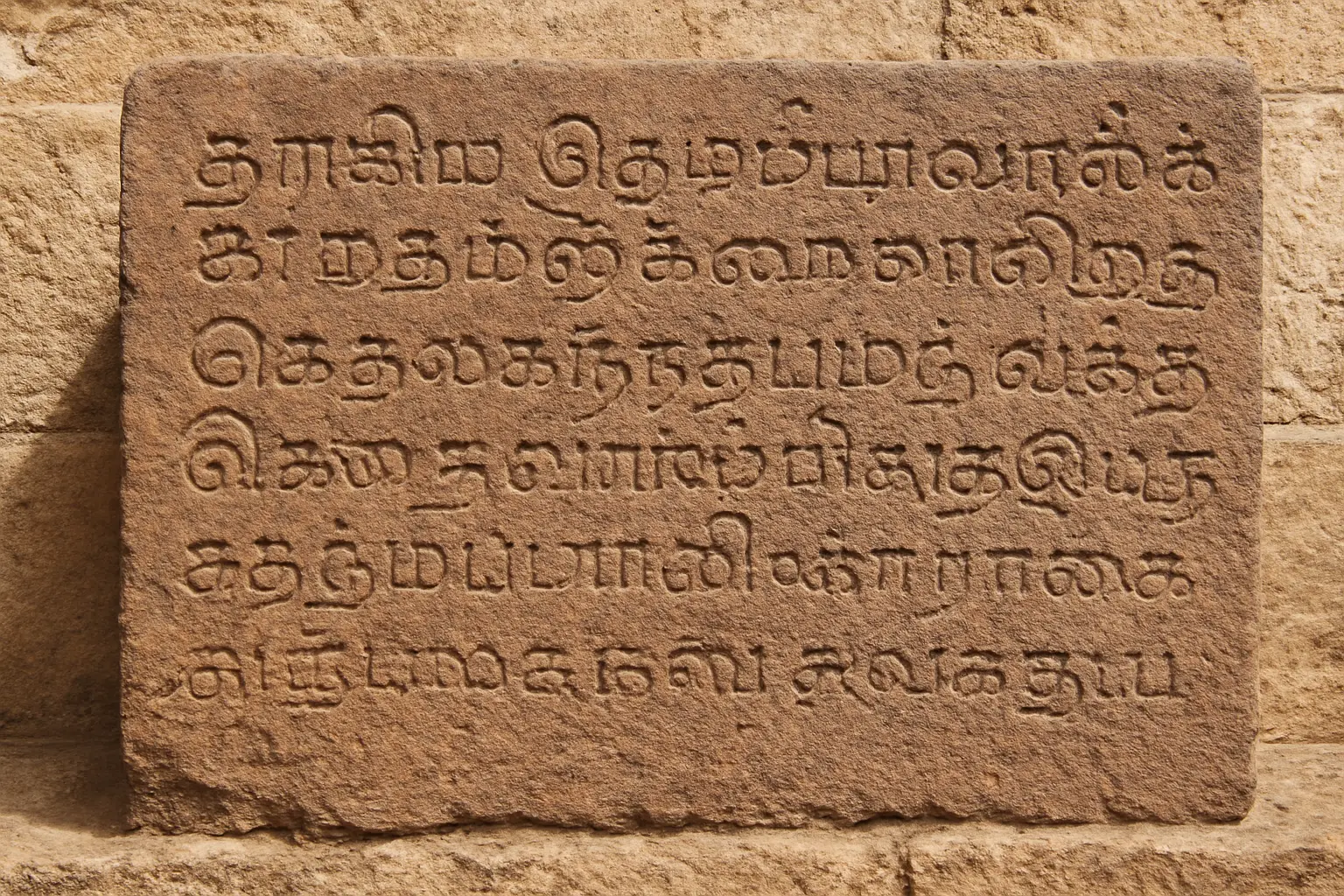The history of human language offers one of the most compelling windows into our origins as a species. Scholars who examine the earliest languages of the world aim to reconstruct not only how ancient people communicated but also how their societies formed, interacted, and evolved. The study of early linguistic systems provides a foundation for understanding cultural development, migration patterns, and cognitive advancements that shaped early civilizations. The title Tracing Ancient Tongues captures the essence of this exploration by focusing on the earliest known forms of structured communication.
Language did not emerge suddenly. It developed gradually as early humans formed communities that required complex cooperation. The earliest languages remain inaccessible in their original spoken form because they existed long before writing. Yet researchers rely on linguistic reconstruction, archaeological evidence, and comparative analysis to map out the roots of these ancient tongues. Through this process, scholars identify patterns that link modern languages to older families, revealing relationships that extend back thousands of years.
One of the most studied ancient linguistic families is the Afro Asiatic group. This family includes languages such as ancient Egyptian, Akkadian, and early forms of Semitic speech. Evidence indicates that Afro Asiatic languages originated in regions around the Horn of Africa or the Near East. The presence of shared grammatical structures across these groups suggests that they evolved from a single ancestral language commonly referred to as Proto Afro Asiatic. This work allows researchers to pinpoint how trade, agriculture, and early state formation helped spread linguistic structures across vast territories.
The Indo European family provides another significant framework. Today it is one of the largest linguistic families, covering languages from Europe to South Asia. Its earliest reconstructed ancestor, known as Proto Indo European, is believed to have been spoken around 4500 BCE. Scholars rely on methods such as cognate comparison to identify similar root words across languages. For instance, similarities between the Sanskrit word for mother and its equivalents in Latin and Old English indicate shared ancestry. This comparative method helps researchers understand how migration and cultural exchange allowed Indo European branches to evolve into distinct languages such as Greek, Persian, and Germanic speech.
Beyond these well documented families lies the study of ancient languages that remain isolated with no confirmed relation to other groups. Sumerian, spoken in ancient Mesopotamia, ranks among the most influential isolates. It served as the administrative language of early city states and played a crucial role in the development of writing. The cuneiform system used by Sumerians stands as one of the earliest forms of recorded communication. By examining patterns within the script, modern scholars gain insight into word formation, grammar, and social structures of early urban societies.
Another noteworthy isolate is Basque, still spoken in regions between France and Spain. Its origins predate the arrival of Indo European languages in Western Europe. The persistence of Basque provides valuable insight into prehistoric cultural continuity. Because it does not fit into any known linguistic family, Basque challenges researchers to reconsider assumptions about population movements and interactions in ancient Europe.
The study of early languages extends beyond classification. It also addresses how linguistic structures influenced cultural expression. Ancient languages were tied closely to mythologies, religious practices, and governance. For example, ancient Egyptian relied heavily on symbolic expression intertwined with spiritual concepts. Sanskrit shaped early philosophical traditions in South Asia. Classical Chinese built its structure around concepts related to order and hierarchy. Each of these languages contributed significantly to intellectual history.
Researchers use multiple scientific tools to uncover these insights. Radiocarbon dating assists archaeologists in linking inscriptions to specific centuries. Genetic studies help track migrations that may align with linguistic dispersal. Digital tools allow linguists to reconstruct proto languages with greater precision. Although these reconstructions remain theoretical, they provide plausible models for the sound systems and vocabulary of ancient speech.
The significance of studying early languages extends beyond historical curiosity. It enhances our understanding of human cognition. Language requires abstraction, symbolism, and complex memory structures. By identifying how early humans constructed communication systems, scholars gain clues about the evolution of the human brain. This field also highlights the resilience of cultural identity. Languages that survive through millennia embody traditions and social knowledge passed across generations.
As modern communities face rapid globalization, the preservation of ancient linguistic heritage gains urgency. Many indigenous languages that retain ancient structures face extinction. Linguists and cultural institutions work to document and protect these languages as repositories of historical knowledge.
Tracing the world’s earliest languages remains a dynamic field that combines scientific rigor with cultural investigation. Each discovery deepens our understanding of the human story. Through ancient tongues, we uncover the intellectual and social foundations that shaped early civilizations and paved the way for the linguistic diversity seen today.






